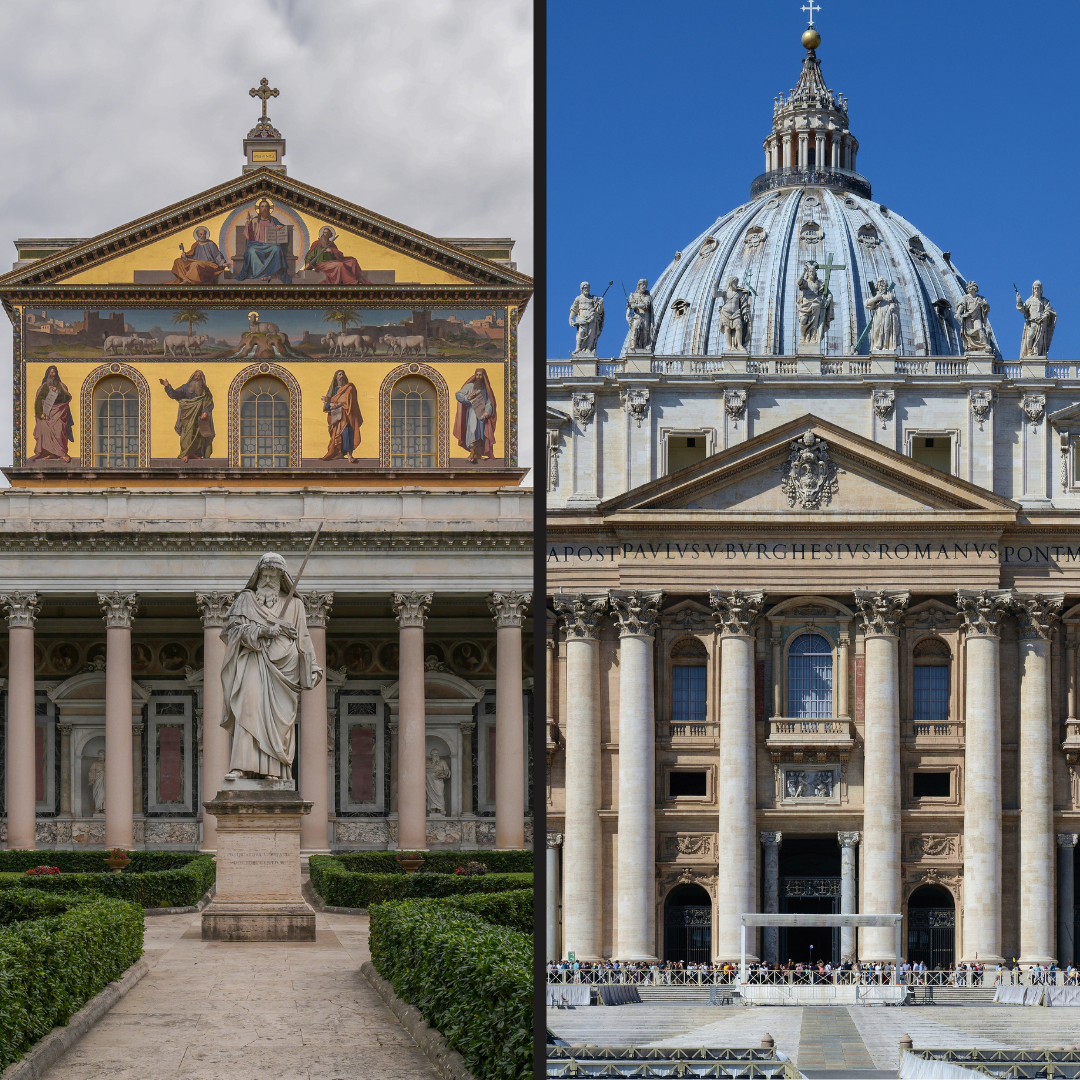On November 18, the Church commemorates the dedication of the Papal Basilicas of Saints Peter and Paul in Rome.
These two churches, Saint Peter's Basilica in the Vatican and the Basilica of Saint Paul Outside the Walls, are among Christendom's largest and most renowned. They stand as magnificent testaments to the triumph of Christianity in the late Roman Empire.
They also symbolize the brotherhood of the Apostles Peter and Paul.
With the Jubilee Year of 2025 approaching, countless pilgrims are expected to visit these basilicas and the tombs of Saints Peter and Paul. It is a fitting time to reflect on their history.
Saint Peter’s Basilica holds a special place in the hearts of Catholics.
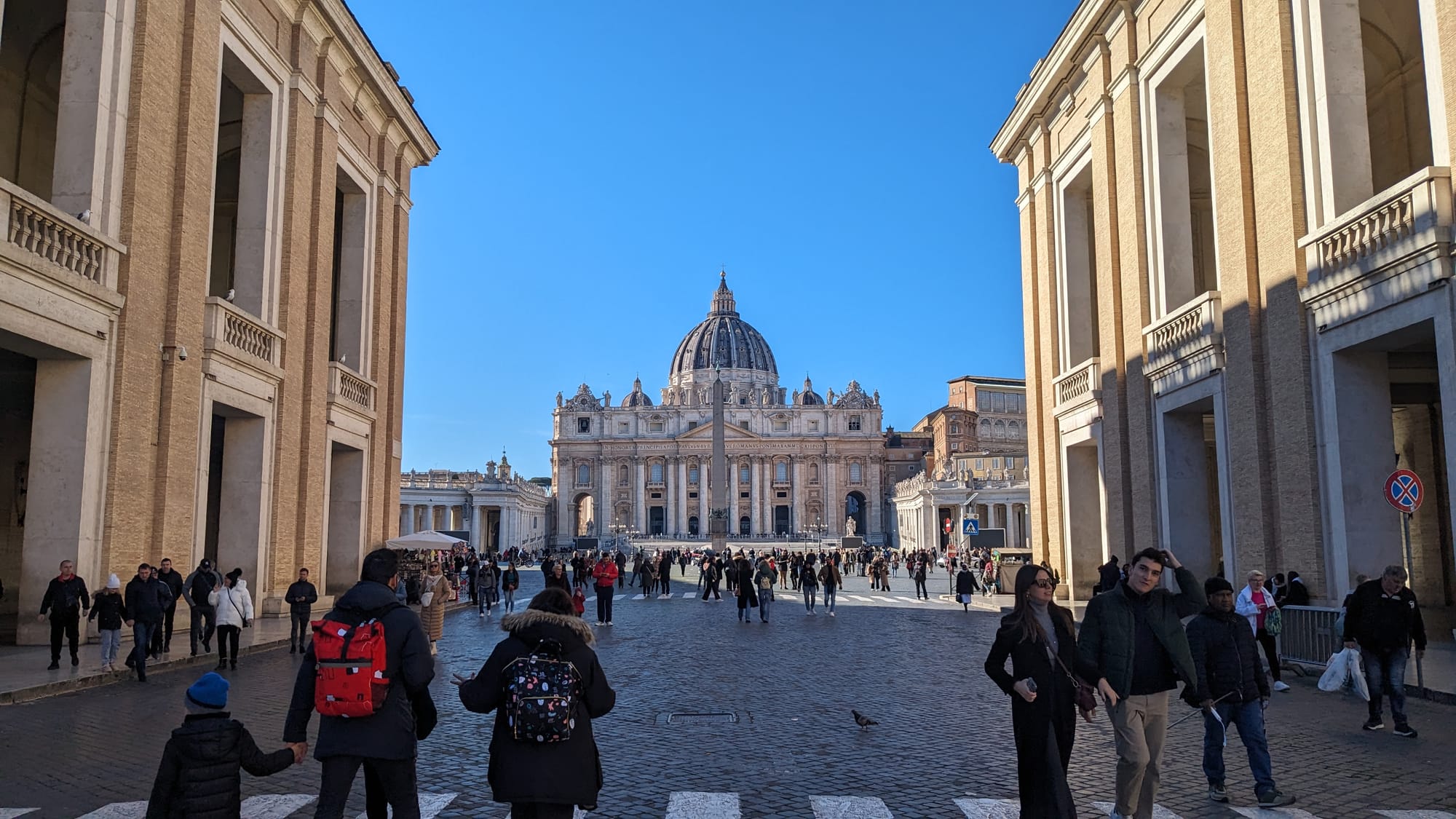
Upon visiting, one cannot help but be in awe of this church. Arriving there, pilgrims will first notice the dome, designed by Michelangelo, and a symbol of the endurance of the Catholic faith for over two millennia.
They are then welcomed warmly into the church by its grand colonnade, designed by Gian Lorenzo Bernini in the 1600s. The current church structure, built to replace a 3rd-century structure, houses 44 altars, 11 chapels, 395 statues, and 135 mosaics. At least 140 popes have been buried there.
Its greatest treasure, however, is the tomb of Saint Peter, the first Pope, located beneath the high altar below Bernini’s magnificent baldachino.
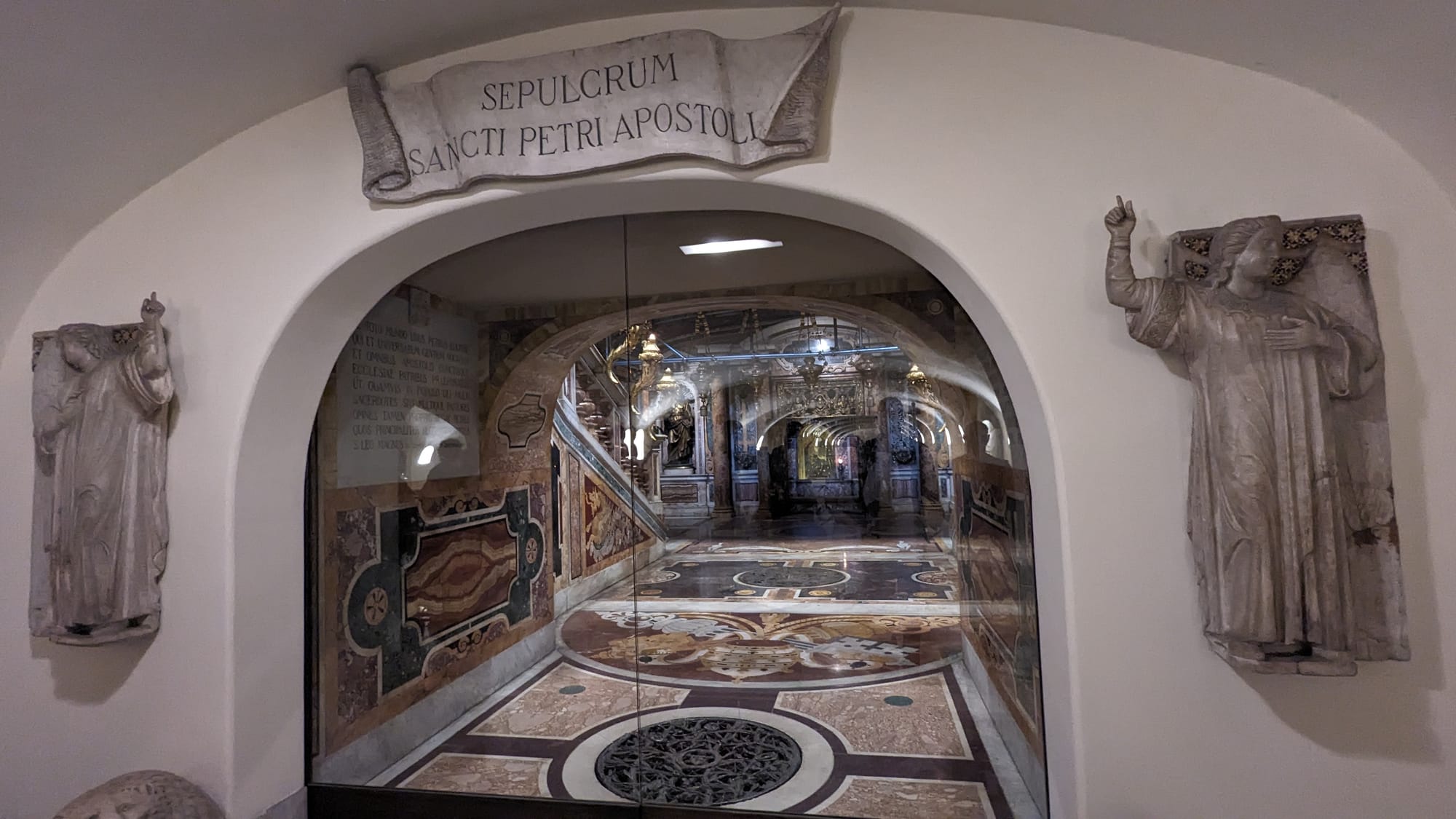
There is a saying among the seminarians of the Pontifical North American College located near the basilica:
“If you ever get lost in Rome, just look for the dome of Saint Peter’s, and you will find your way home.”
I found this saying quite helpful when navigating Rome, and I imagine many pilgrims will too. But for those visiting for the Jubilee Year, perhaps feeling lost in the storms of life, the dome of Saint Peter’s will represent something more than a landmark or a masterpiece of Renaissance architecture. It represents faith in Jesus Christ, whom Saint Peter recognized as the one who has the words of eternal life. (John 6:68)
Here are more photos at Saint Peter's Basilica:
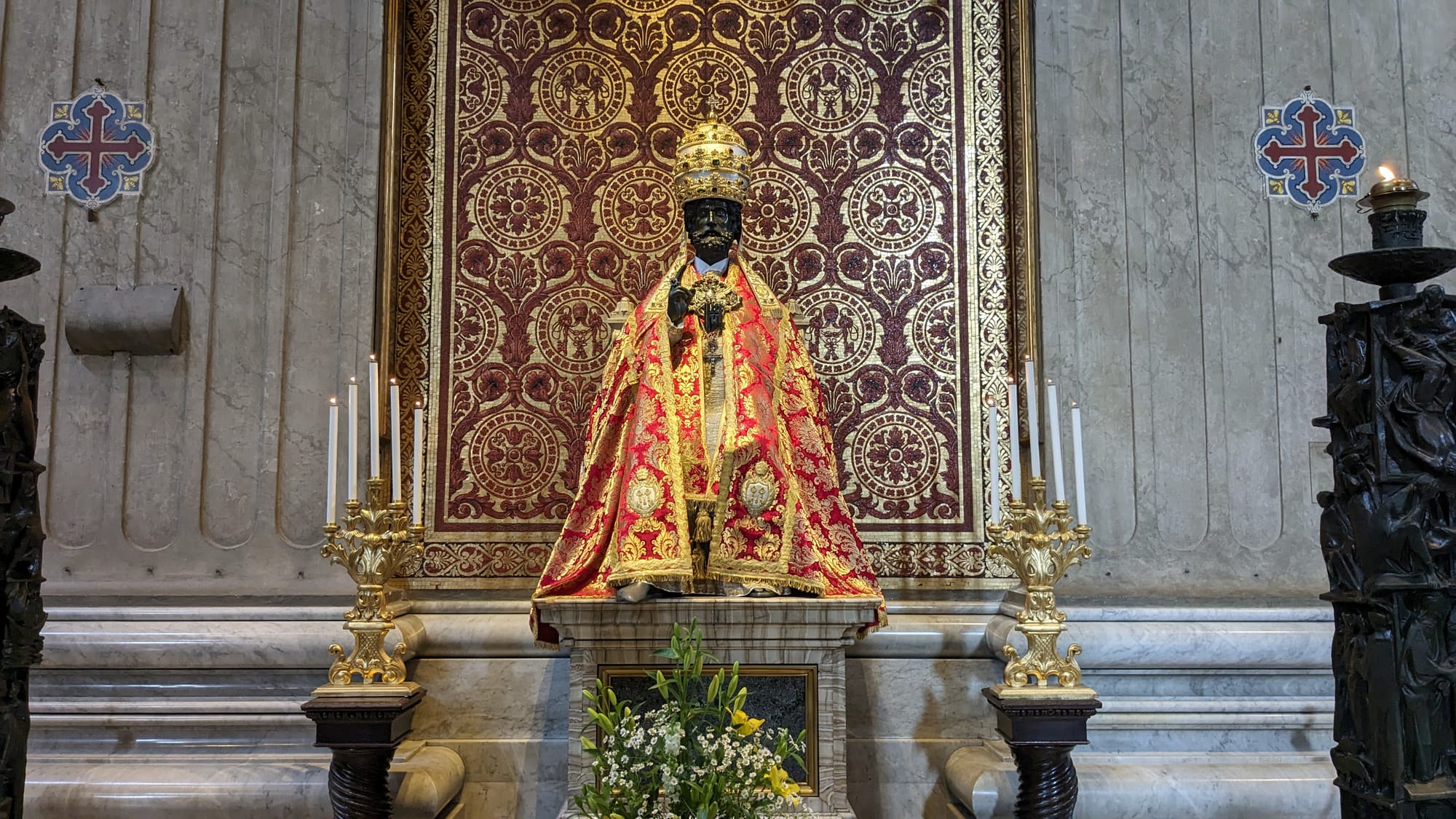
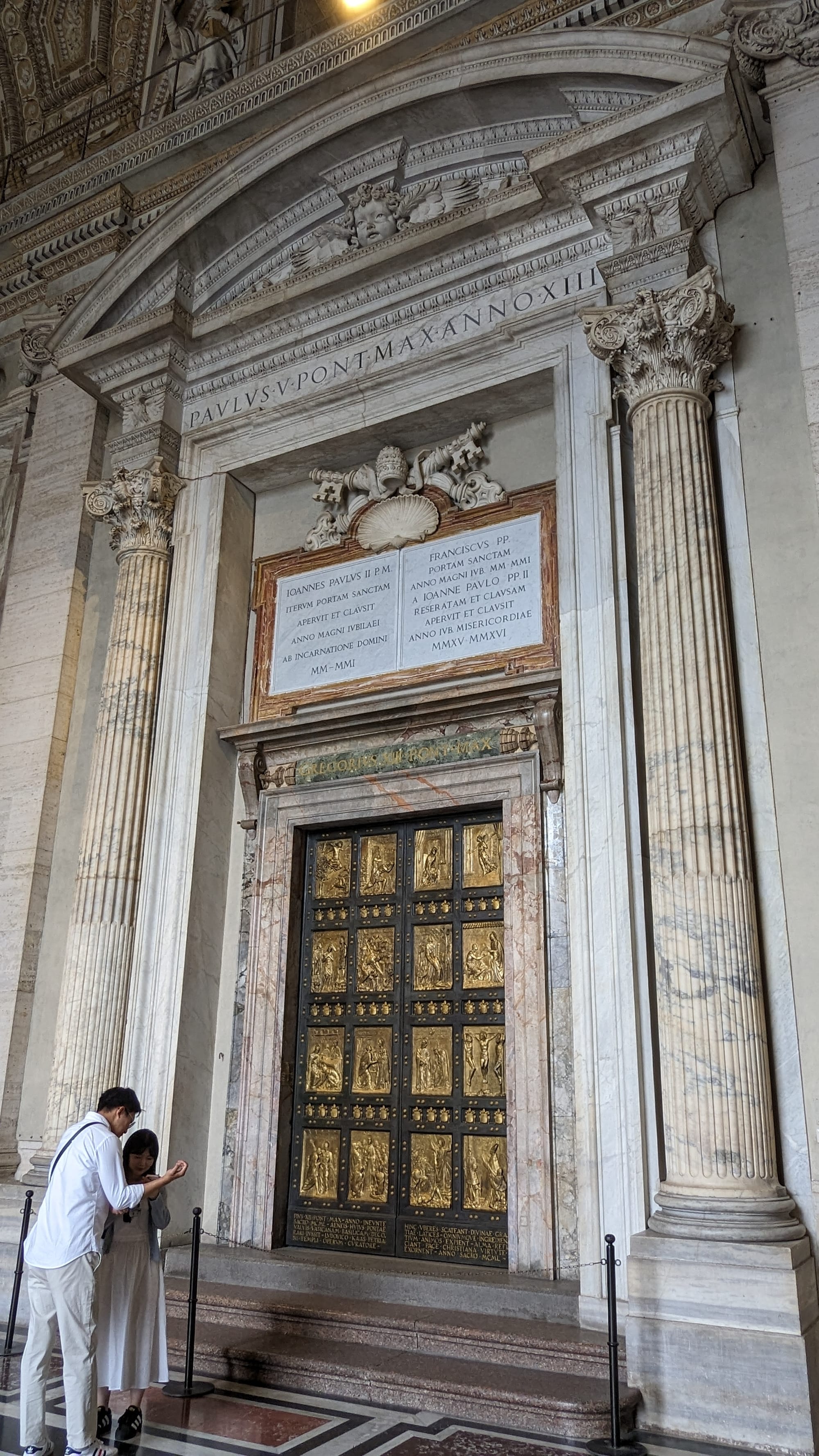
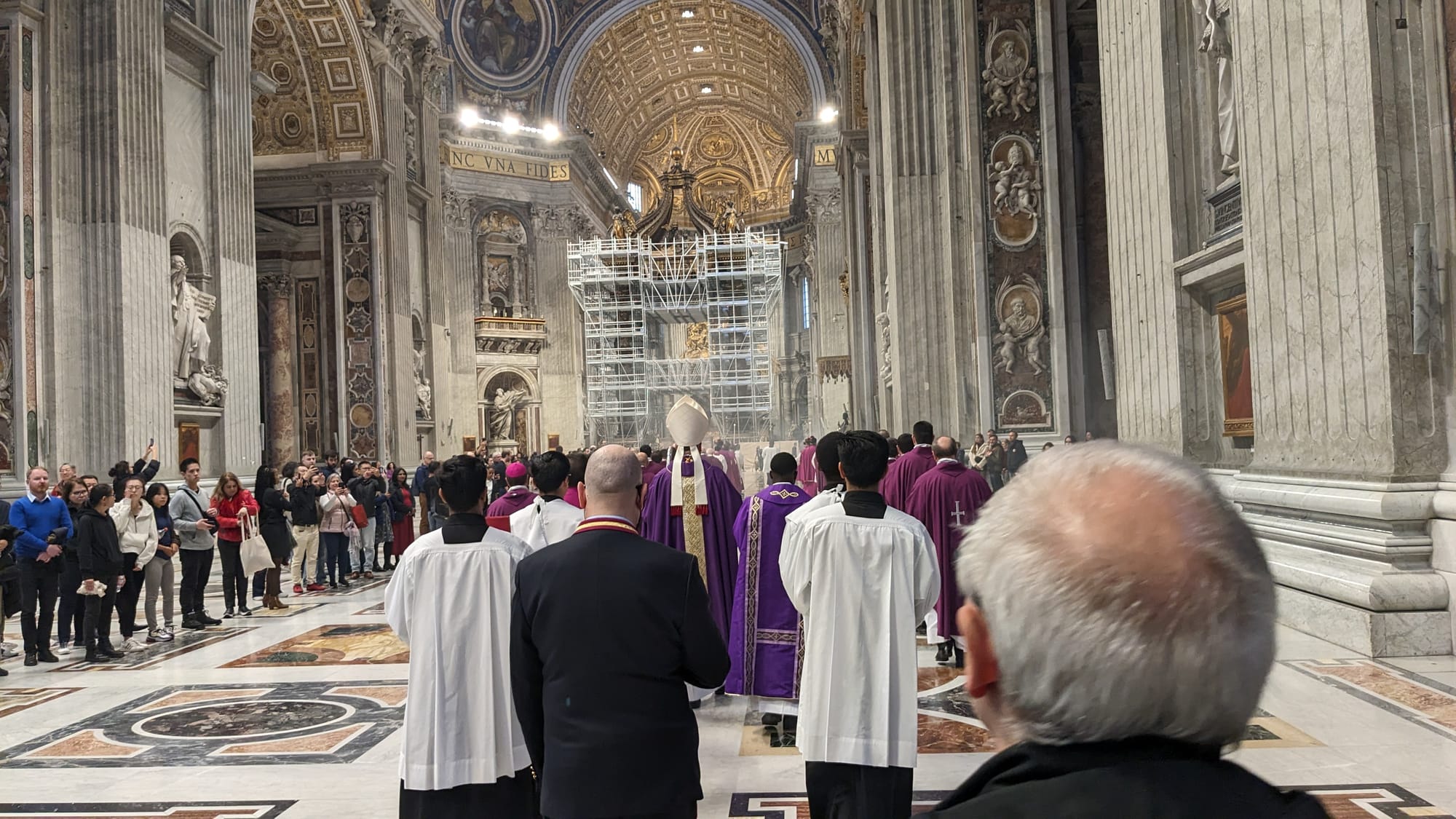
The Basilica of Saint Paul Outside the Walls is the second-largest basilica in Rome.
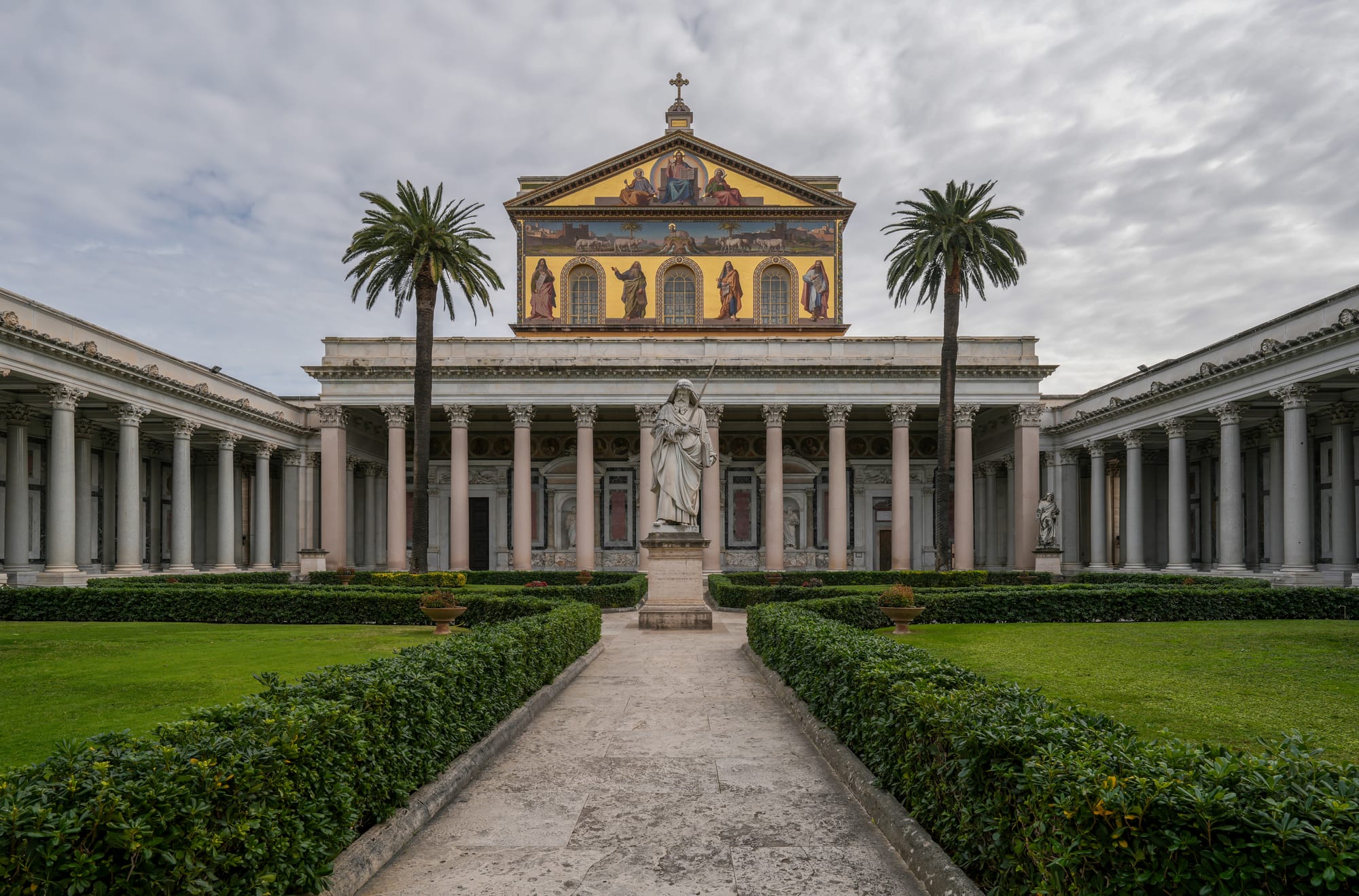
The church structure was built in the late 19th century after a devastating 1823 fire destroyed the original 4th-century building.
Outside the basilica is the quadriportico, a large portico encompassing the courtyard and containing 150 granite columns.
In the middle of the courtyard is a colossal statue of Saint Paul with the Latin inscription,
PREDICATORI VERITATIS, DOCTORI GENTIUM (Preacher of the truth, Doctor of the Gentiles).
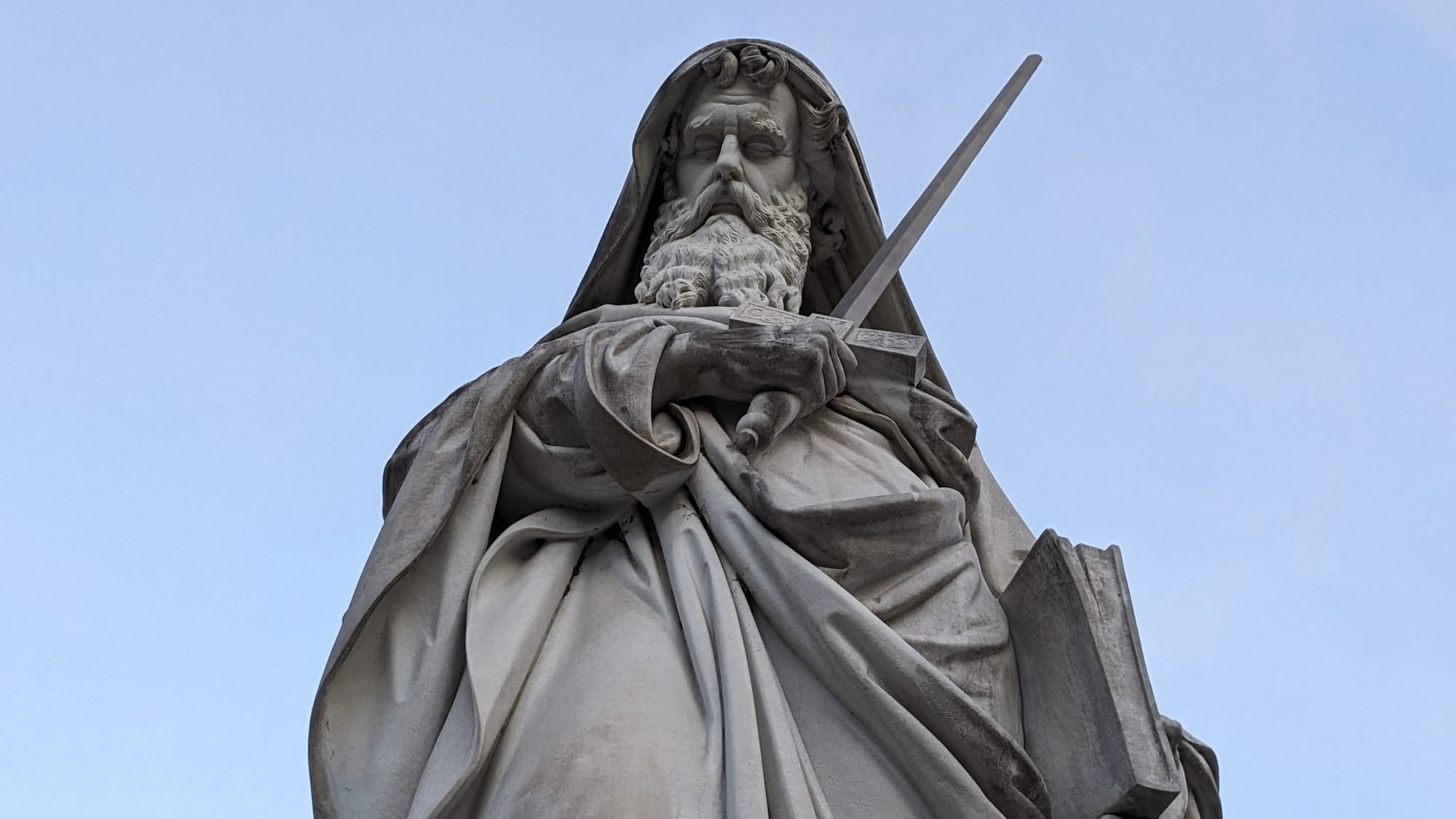
While in Rome, I found the interior of Saint Paul’s to be vast, impressive, and conducive to prayer. It features a gold-coffered ceiling and a triumphal arch showing Christ, Saints Peter and Paul, and the 24 elders holding their crowns. The apse mosaic features Christ with Saints Peter, Paul, Luke, and Andrew, and the other Apostles below.
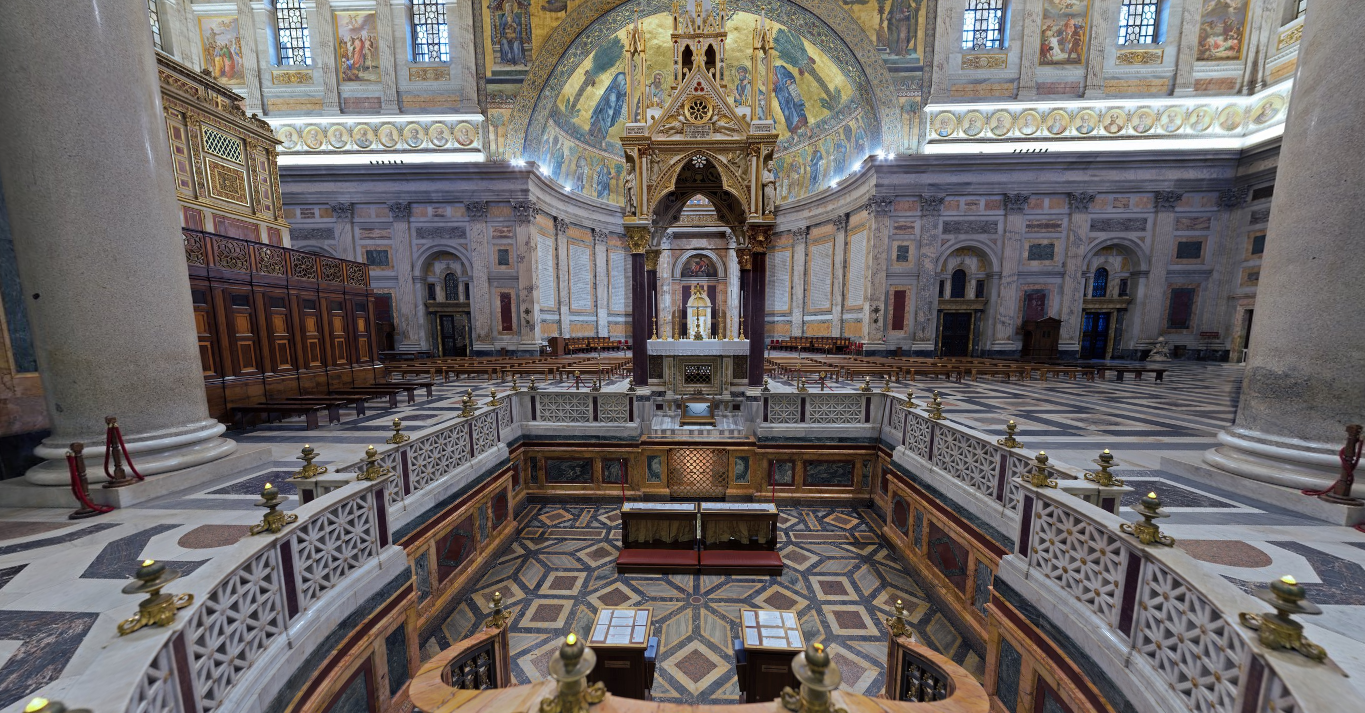
Papal portraits, spanning from Saint Peter to the current Pope, adorn the basilica walls. There is an exaggerated legend that the world will end when there is no space left for portraits.
The most treasured part of this church is the confessio, where people can pray before the tomb of Saint Paul and a relic of his chains. To the left of his tomb, an oil lamp has been kept burning by monks of the adjoining Benedictine abbey for over 800 years.
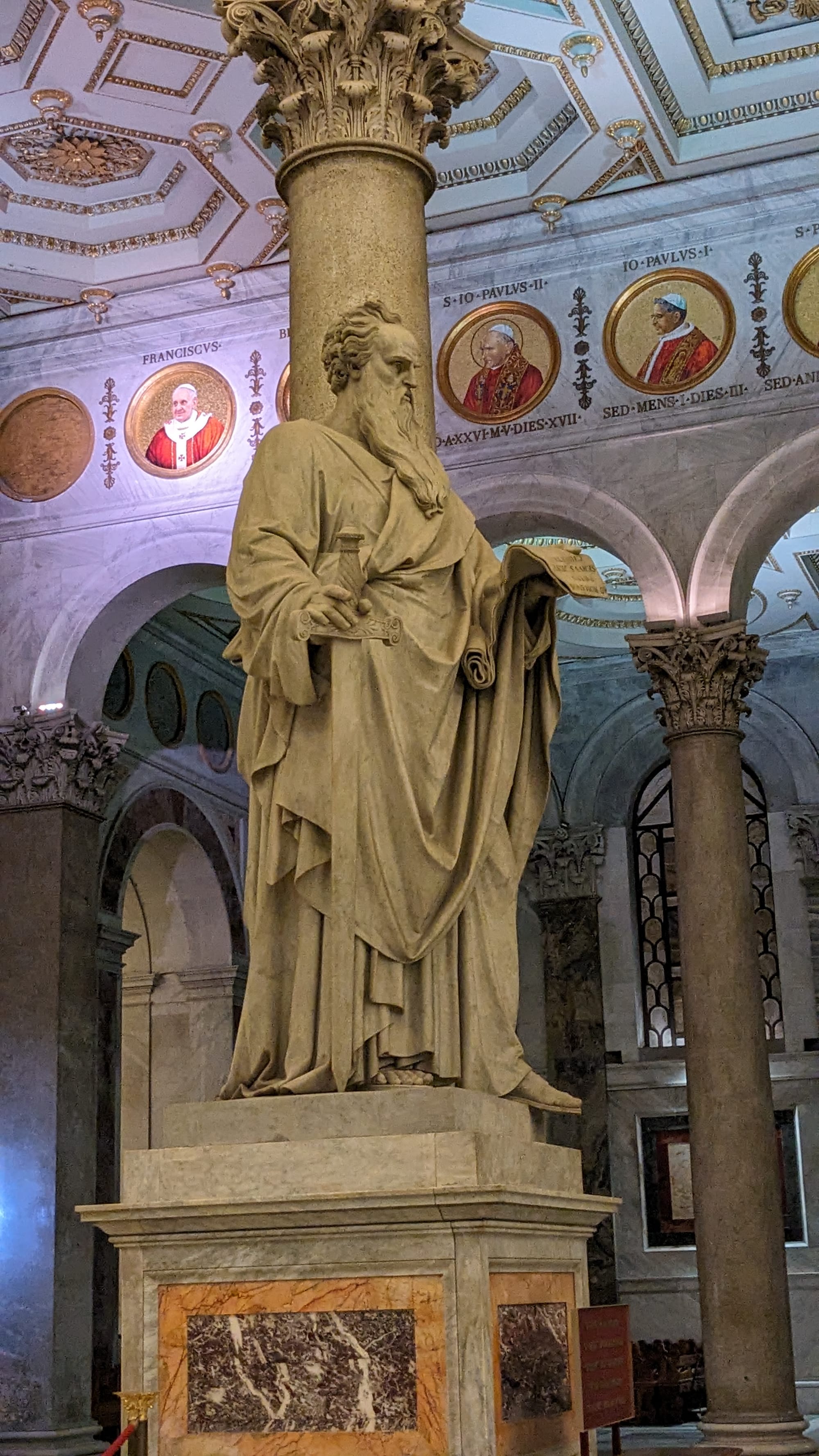
As on their shared June 29 feast day, Saints Peter and Paul are often portrayed together in the art and architecture of these basilicas. Statues of them flank both basilica entrances, with Peter holding keys and Paul a sword.
In these churches and throughout Rome, the artwork depicts scenes from their shared experiences, from baptizing prisoners in the Mamertine prison to their embrace before being martyred.
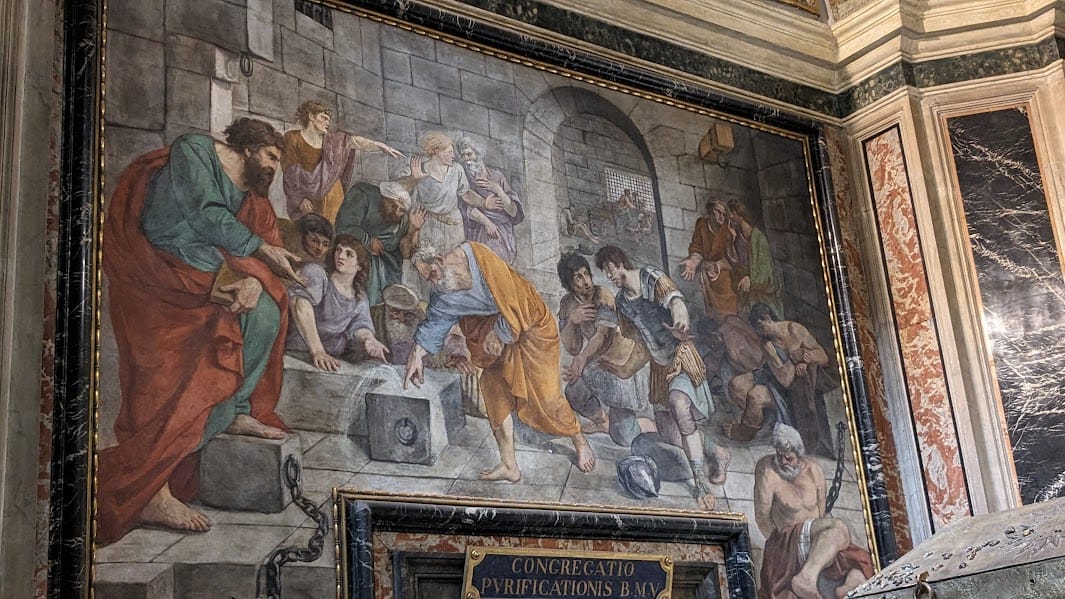
The Feast of the Dedication of Saints Peter and Paul is not only a reminder of the apostolic nature of our faith. It also reminds us of the need to edify each other in that faith, as they did. Despite their shared patronage, Peter and Paul did not always see eye to eye.
However, they powerfully exemplify these words of the psalmist:
“How good and how pleasant it is when brothers dwell together as one!” (Ps. 133:1).


